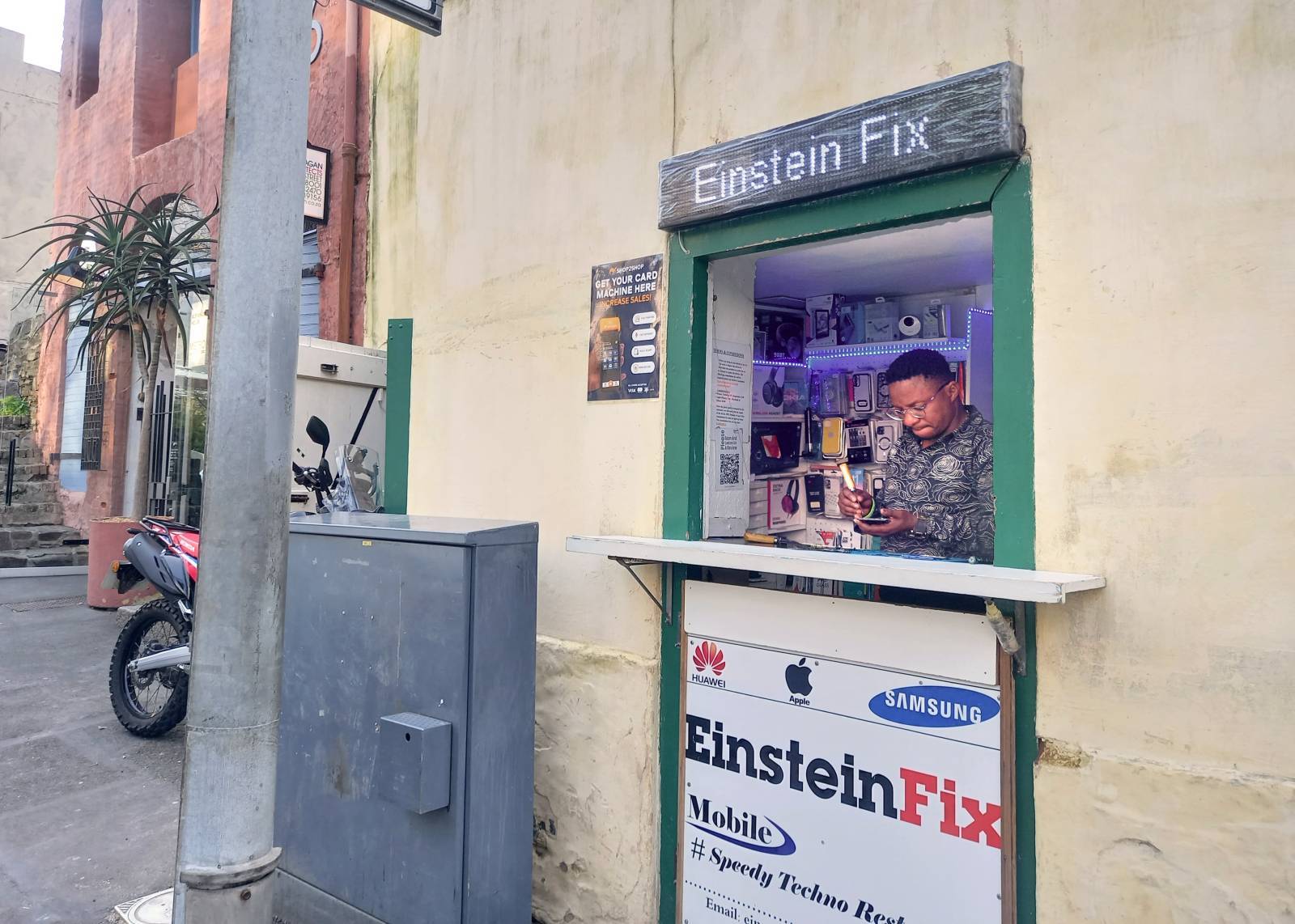THE US$10B LION KING: STILL THE NUMBER ONE
LOS ANGELES. - The Lion King musical is a beast of a show - captivating US audiences since 1997, it is the highest-grossing production of all time, in theatre or in film, taking over US$10 billion worldwide. The post THE US$10B LION KING: STILL THE NUMBER ONE appeared first on H-Metro.

LOS ANGELES. – The Lion King musical is a beast of a show – captivating US audiences since 1997, it is the highest-grossing production of all time, in theatre or in film, taking over US$10 billion worldwide.
It’s currently celebrating 25 years in the West End, hits 27 years on Broadway next month, and has been staged all around the world – from South Africa to South Korea, Australia to the United Arab Emirates – visiting every continent except Antarctica.
“The penguins don’t need us,” quips Julie Taymor, the theatre, film and opera director and designer whose unique vision helped the musical spring into life on stage – proving that theatrical versions of Disney movies could not only be hugely profitable, but could do so while being artistically inventive in their own right.
But when Disney initially approached her about directing a live version of their adored 1994 cartoon film, Taymor didn’t know what to say: she hadn’t actually seen The Lion King.
“I thought, well, why not, let’s go look at the movie,” the still youthful-looking 71-year-old recalls, speaks via Zoom from the US.
“And I was really taken; I loved it.”
The challenge of adapting an epic, wide-screen story excited her: how, she recalls wondering, would you put hundreds of animals on stage?
How could you create a stampede of wildebeest live in front of an audience?
The answer was by embracing a distinctly theatrical approach: The Lion King uses masks and puppetry to put the animals of the African savannah onstage, and to tell the coming-of-age story of Simba the lion, from cub to king.
Taymor designed all the costumes and masks, and the breakthrough moment was deciding to let the audience see the mechanics of how each character is made – to invite them to suspend their disbelief, and to use their imagination in helping create that whole world onstage.
“I went through every animal: okay, we’ve got a giraffe, I’ll put the neck on top of the head of the dancer, but you’re going to see the dancer’s face, you’re going to see where the stilts are wrapped to the dancer’s hands…” remembers Taymor gleefully.
“There is no attempt to hide the human being behind the masks or inside the puppet,” she says, a technique she dubbed the “double event”, allowing performers to be both animal and human simultaneously.
So you can see Simba’s emotion on the actor’s face, while a mask on top of his head reminds the audience that this is, in fact, a lion.
Timon the meerkat is a puppet, drawing on the Japanese Bunraku puppetry tradition where you can fully see the person behind him, controlling his movements.
Trays of grasses on performers’ heads evoke swaying grasslands, while whole flocks of gazelles are created by a chorus wearing puppets on their heads and arms at the same time.
“I wanted to do what theatre does best,” recalls Taymor. “Film hides the strings, we know it’s fake, but we’re pretending that it’s really there – that the Titanic is really on the ocean, that it’s really sinking.
“Whereas in the theatre, we will enjoy seeing a little puppet of a boat, and a big ocean of silk… this is the power of theatre. The audience is not played down to – they’re brought into the game.” – BBC
The post THE US$10B LION KING: STILL THE NUMBER ONE appeared first on H-Metro.
What's Your Reaction?




































